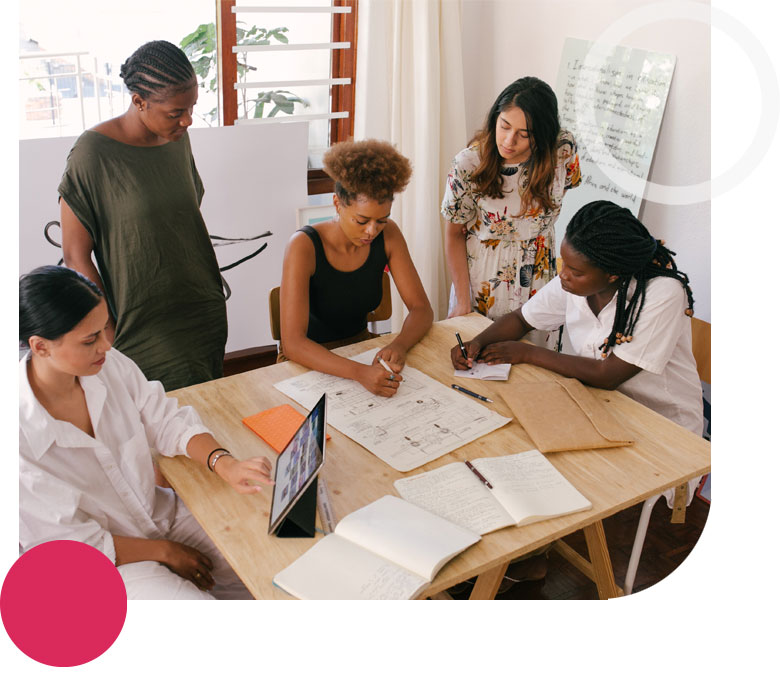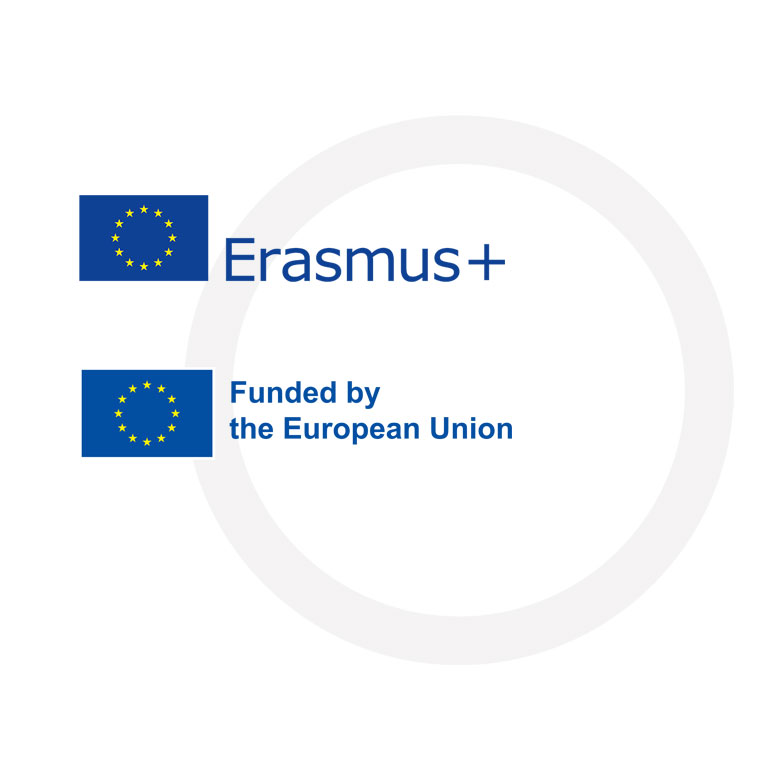How to collect case studies?
As a first big step on our long road to the Ulysses Contest, we needed case studies! Not only random case studies, but case studies that have a unique and unified outlook. How do you transfer family firm issues and challenges to case studies that are unified? Well, read on, as we are about to tell you!
How did we collect the Ulysses case studies?
Led by the University of Vienna, first we aimed to define a case study methodology that would be shared by all Ulysses partner institutions so that a list of case studies could be implemented in a uniform manner. We defined milestones to adhere to during the process of case study collection to ensure unity and quality. Interested in the steps? Let’s jump right in!Step 1: Literature review
Nothing in academia is compete without a very thorough background check, in other words, a literature review. Partners were searching for information through in-depth analysis of books, scientific journal articles as well as sites of publishing houses that specialize in publishing case studies (e.g.: Emerald). Meanwhile, the partners – through several online meetings – agreed on the most crucial points to be included in guidelines prepared for teachers.Step 2: Case study structure
Once a thorough analysis of the literature was complete, partners defined a unified case study structure. We drafted guidelines for the development of the teaching case studies covering all the necessary information, from teaching objectives to achieve with the case to how to approach companies and collect data, how to structure the narrative and the writing style to adopt (e.g.: writing in past tense, refer to actors by their last names, use of figures and exhibits) to make sure there is a clear difference compared to a research case study. We, after all, are creating teaching case studies that are special! Look at our guidelines to understand it better!

Sep 3: Pilot round case study collection
Once the previous steps were in order, partners needed to try whether the case study structure would work. To test the guidelines developed and illustrated in the previous steps, each HEI partner developed a case study. This helped to test the effectiveness of the previously developed guidelines. Partner read the cases developed by the other partners (quality first!) and discussed what best practices to adopt and how to further implement guidelines for writing teaching cases. Sounds like a long process? Long and effective, if you ask us!
Step 4: Finalization of case study collection and template
Once you have every partner’s opinion, we needed to put all our ideas into one final template for case study collection. There were several issues to consider for a clear template, for example space limitations or unified sections and outlines. The partners then co-drafted a document (A+ for team effort!) and after several revisions and careful considerations from each partner, the template was finalized and you can find it right here!

Step 5: Scaling
With the template now ready, it was possible to revise the previously developed case study and begin data collection for writing the additional case studies that would serve as a basis for the Ulysses Contest. Excited? We are, too! However, we cannot reveal the case studies, as they will be the tasks for the Contest (no unjust help for prospective students, right?), but you can look at a sample case study right here. Sneak peek, just for You!

Erasmus+
The information and views set out in this web-site are those of the authors and do not necessarily reflect the official opinion of the European Union. Neither the European Union institutions and bodies nor any person acting on their behalf may be held responsible for the use which may be made of the information contained therein.


